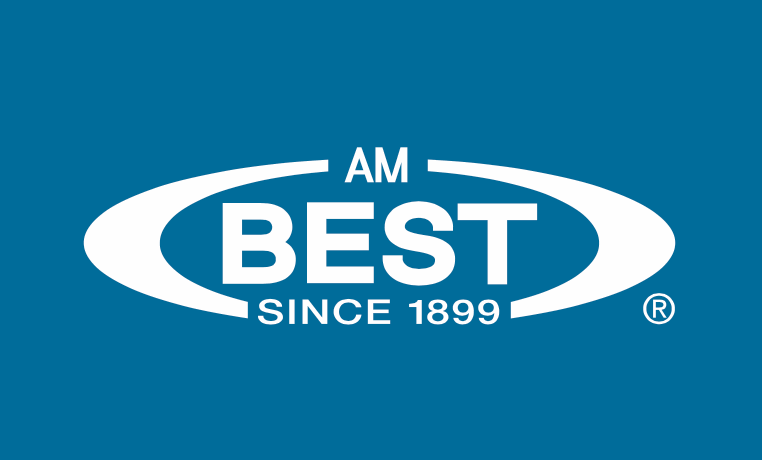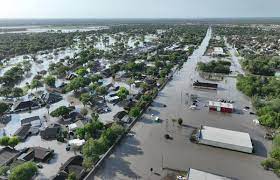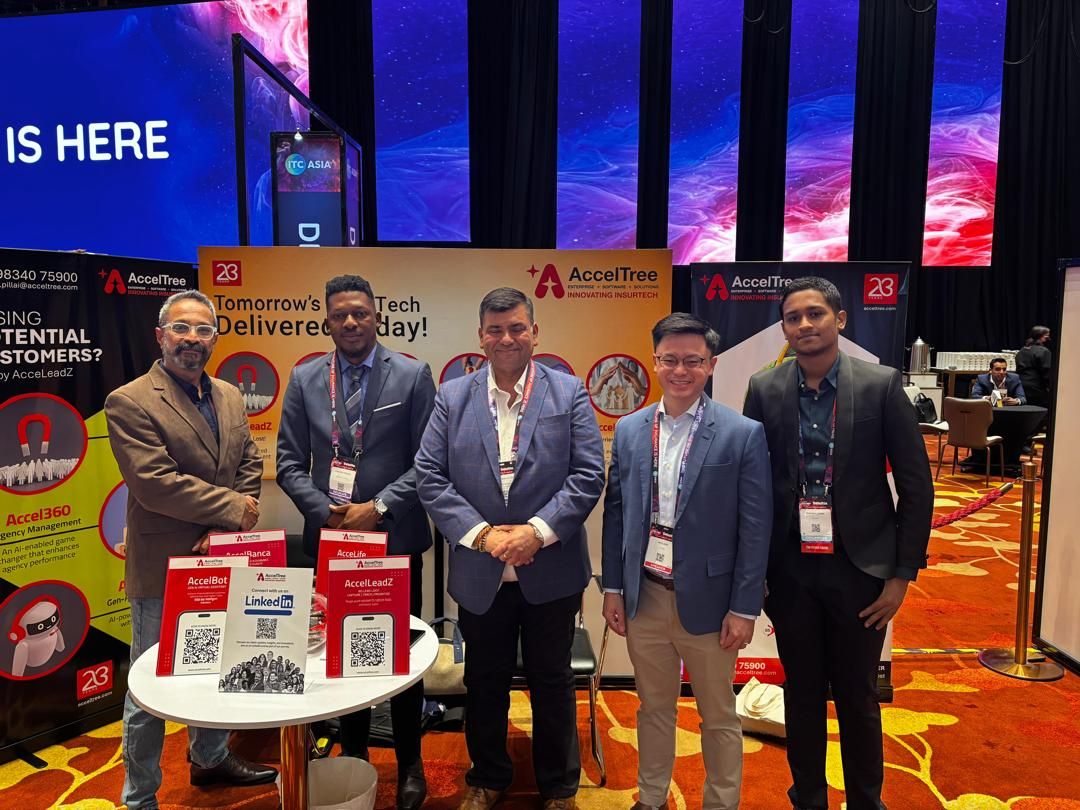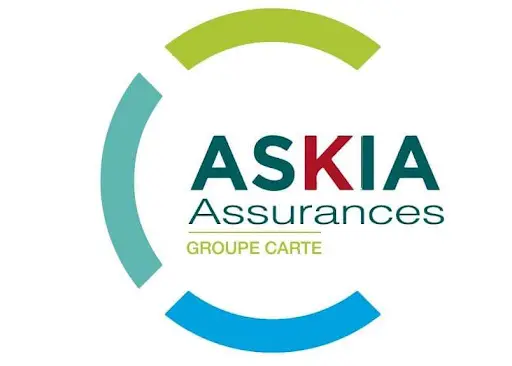AM Best Keeps Stable View for the South Korea Non-Life Insurance Market
Welcome shot in the arm for South Korean non-life insurers was delivered by international ratings agency AM Best while also retaining the stable market outlook. Despite rampant gross macroeconomic headwinds, which include rising claims inflation and higher competition, the agency believes that there is good enough momentum that could maintain the South Korea non-life insurance market on sound footing during the next 12 to 18 months.
Here we unpack the five forces AM Best highlights—and why they matter to insurers, policyholders, and investors.
Strengthened Solvency Regime Underpins Stable Outlook for South Korea’s Non-Life Insurance Market
The underpinning for AM Best’s stable outlook is the reinforced solvency framework led by the Financial Services Commission (FSC). More recent efforts include RBC regime strengthening and phased implementation of K-ICS, the country’s version of the Insurance Capital Standard.
Under K-ICS:
Capital charges are more closely aligned to market and underwriting risks.
Insurers are encouraged to hold capital buffers aligned with actual exposures.
Strategies include issuing hybrid capital instruments, shifting to fixed-income portfolios, and refining reinsurance programs.
These efforts have pushed the industry’s RBC ratio well over 200%, comfortably exceeding regulatory minimums. AM Best believes these measures position South Korean non-life insurers to absorb shocks without endangering policyholder protections.
Premium Growth Fuels Resilience in the South Korea Non-Life Insurance Market
Expansion is constrained but stable and diversified. Unlike life insurers, South Korean non-life insurance corporations enjoy well-hedged books in motor, long-term health, commercial, and specialty lines.
Drivers for expansion are:
Compulsory motor insurance generating stable premium flows.
Rising demand for riders for critical illness in long-term policies.
Sustained government spending on infrastructure favoring engineering and liability lines.
In 2024, direct written premiums surpassed KRW 110 trillion. This mid-single-digit growth pace reflects underwriting discipline and sustainable pricing—a trend AM Best views favorably.
Profitability Initiatives Take Hold Across the South Korea Non-Life Insurance Market
Historically, South Korean non-life insurers struggled to maintain positive underwriting margins—especially in motor lines, with combined ratios exceeding 105%. That’s now changing, thanks to strategic profit-improvement campaigns.
Key measures include:
Telematics-based motor pricing, rewarding safe drivers.
Segmented health insurance with dynamic underwriting and co-payment systems.
Claims process streamlined through AI and digital FNOL platforms.
All this together has kept the sector’s combined overall ratio at less than 100% for two straight fiscal years-a good indicator of sound fiscal health and underwriting acuity.
Investment Strategies Bring Stability to the South Korea Non-Life Insurance Market
In order to survive South Korea’s culture of extremely low interest rates, insurance companies resorted to a more balanced and conservative asset-liability management (ALM) strategy.
Major features of this strategy:
Dominant presence of long-dated government and corporate bonds in portfolios.
Selective taking of international infrastructure debt, with emphasis on USD.
Selective taking of alternative assets to hedge concentration risk.
Because market values are now marked-to-market under both K-ICS and IFRS 17, this conservative investment attitude reduces swing factors to capital and provides credit security—both characteristics AM Best sanctions.
Digitalization Speeds Efficiency in the South Korea Non-Life Insurance Market
Digital transformation is now a survival mechanism for players in the mobile-first economy that South Korea is. Over the past two years, leading non-life insurers in the country have significantly enhanced their digitization level:
All-digital quote-to-issue mobile platforms that bring down policy issuance costs by up to 40%.
Artificial intelligence-based fraud detection systems that spot real-time outlier claim behavior.
Micro-duration insurtech products readily adapted to the digitally native consumer.
These progresses translate into efficiency without more physical infrastructures-instill to mean that insurers can have better operational leverage, hence further strengthening AM Best’s positive view of the industry.
What Could Dull South Korea Non-Life Insurance Market Outlook?
While the current direction is positive, AM Best has cautioned that some risk factors may reverse the outlook.
Rising motor repair costs-especially for electric vehicles-that may squeeze underwriting margins.
It could cut investment income and capital adequacy in the event of a sustained equity market decline.
Regulatory adjustments or spikes in unanticipated higher capital demands would weaken solvency cushions.
But AM Best is not so sure that these elements will crash into the industry’s capital adequacy, its sophisticated risk management, and its technophilia at least in the short term.
Last Words: A Safe and Modernizing South Korea Non-Life Insurance Market
AM Best’s reaffirmation of a stable outlook validates the strength and conservatism of the South Korea non-life insurance industry. Improved solvency regulation, premium growth that is sustainable, rising profitability, conservative investment approaches, and robust digital innovation are the five pillars underpinning such confidence.
For global reinsurers, brokers, and alternative capital providers, South Korea offers an interesting mix of growth potential and financial discipline. In turn, local policyholders will surely enjoy insurers that are better capitalized, more efficient, and technologically agile, therefore promising greater security and service in the years ahead.




